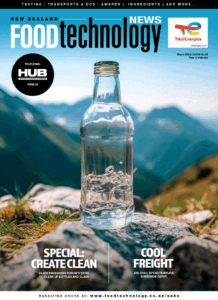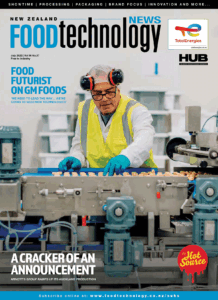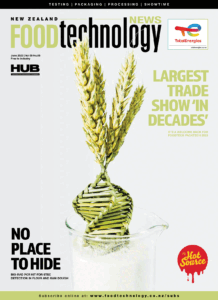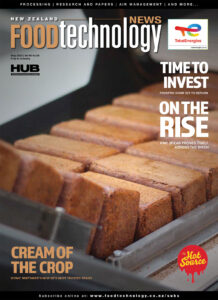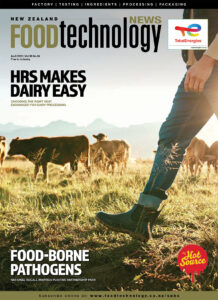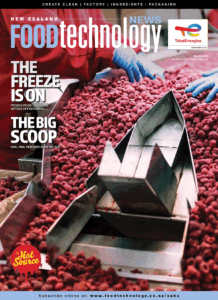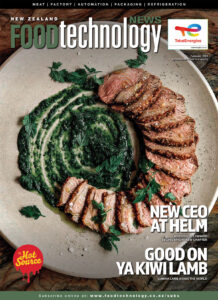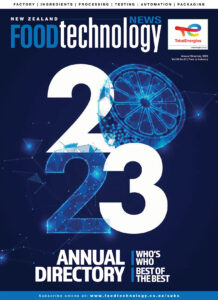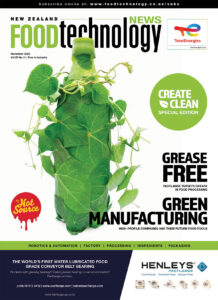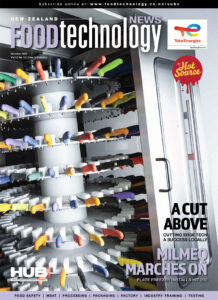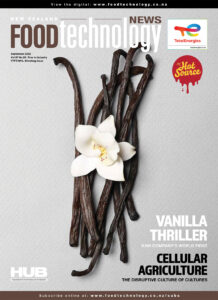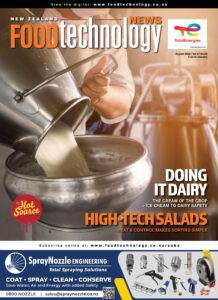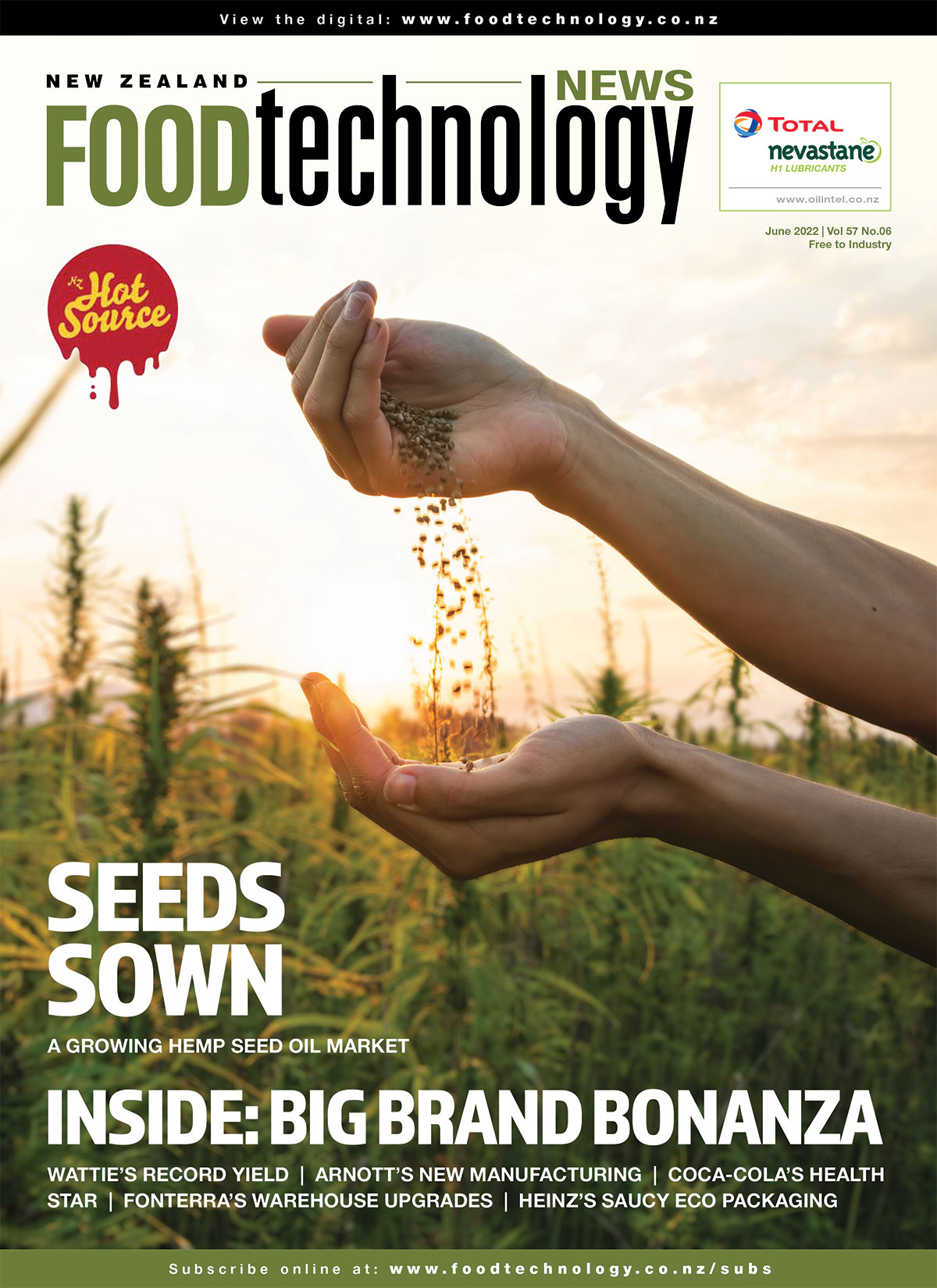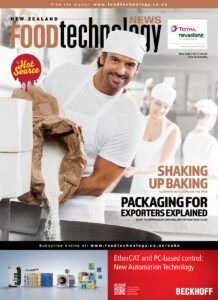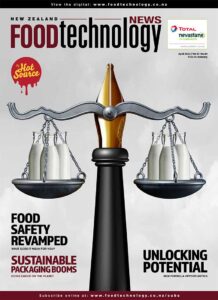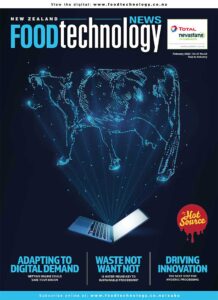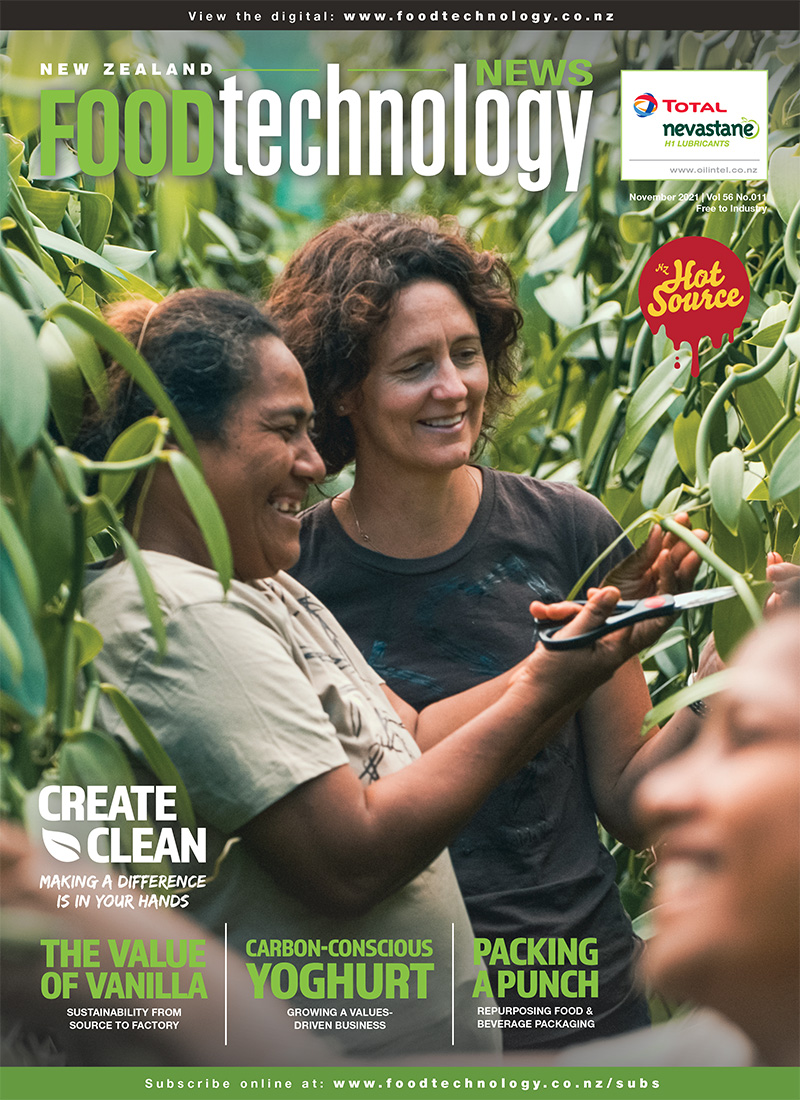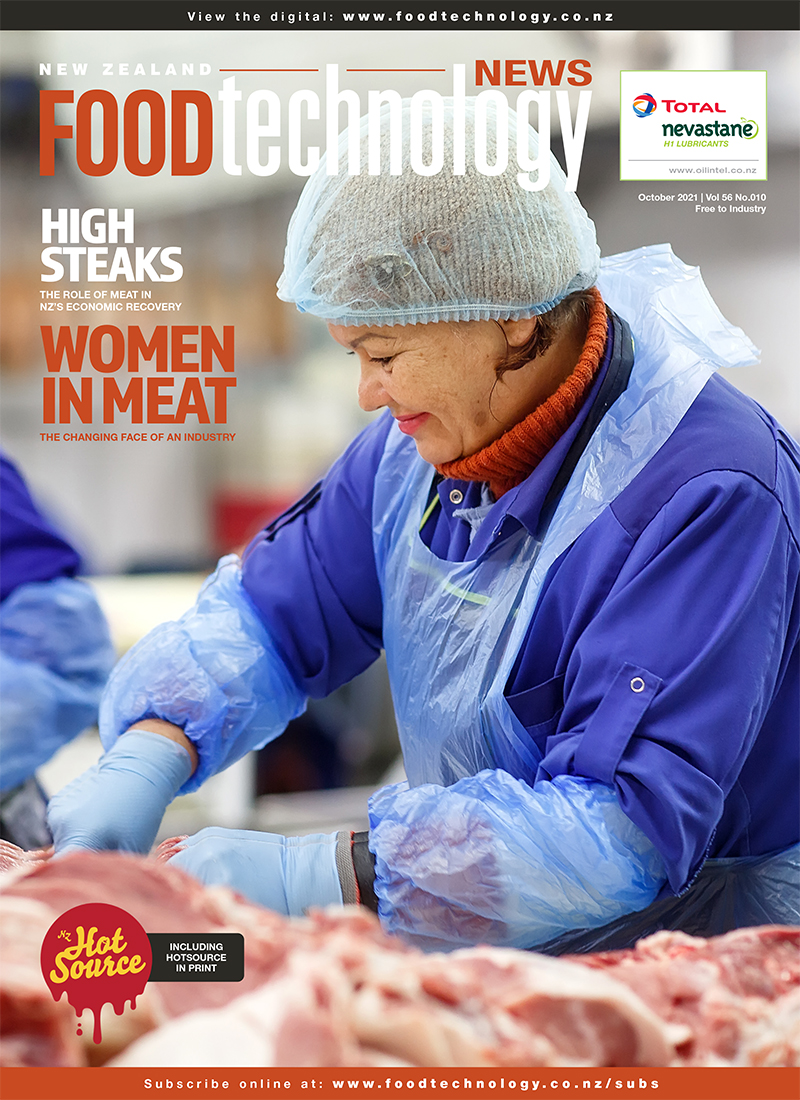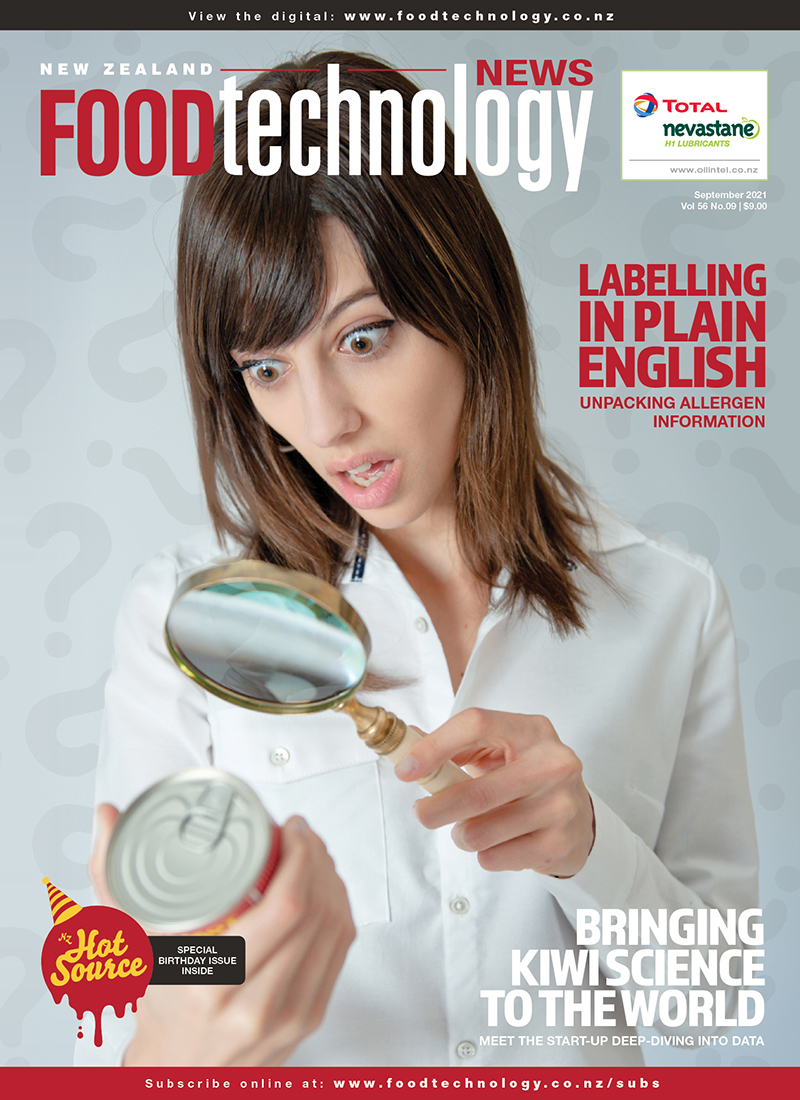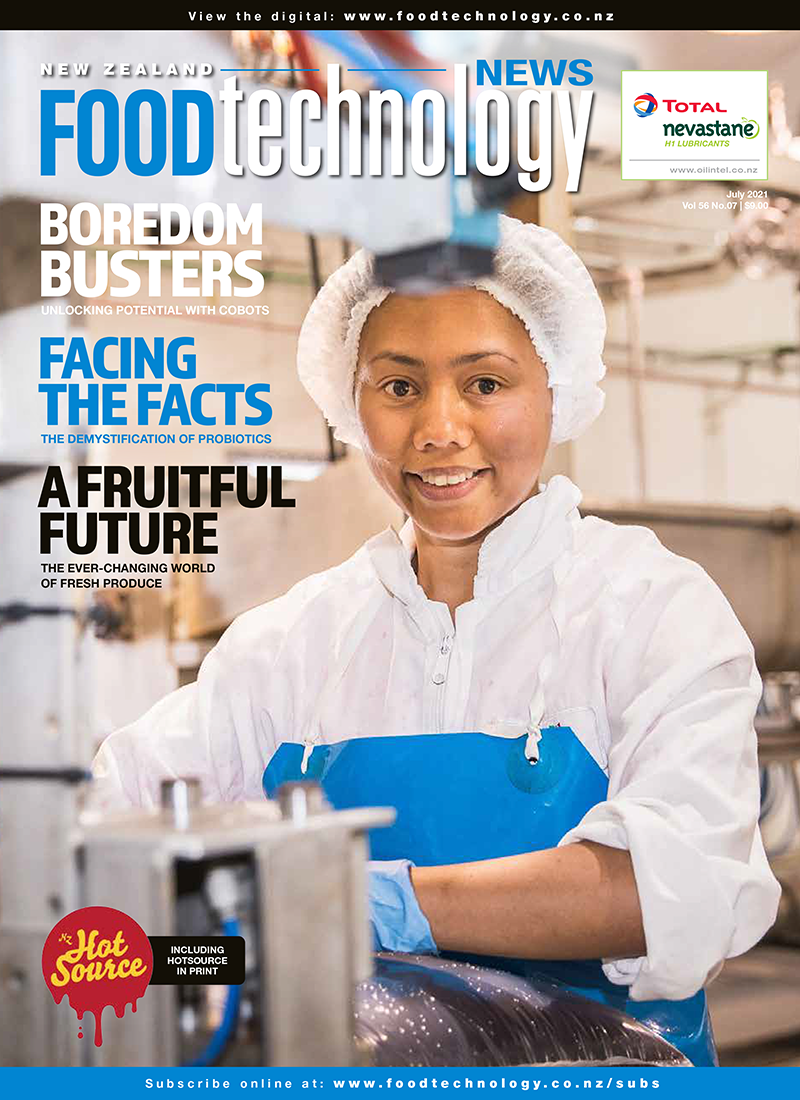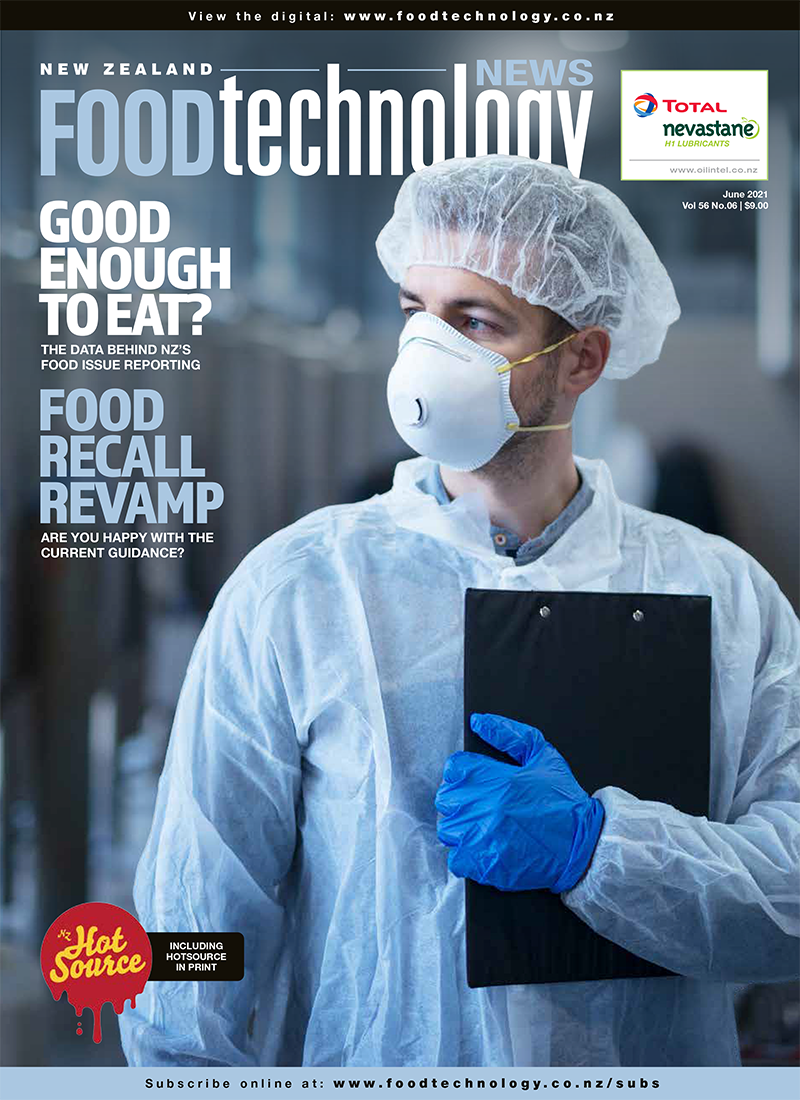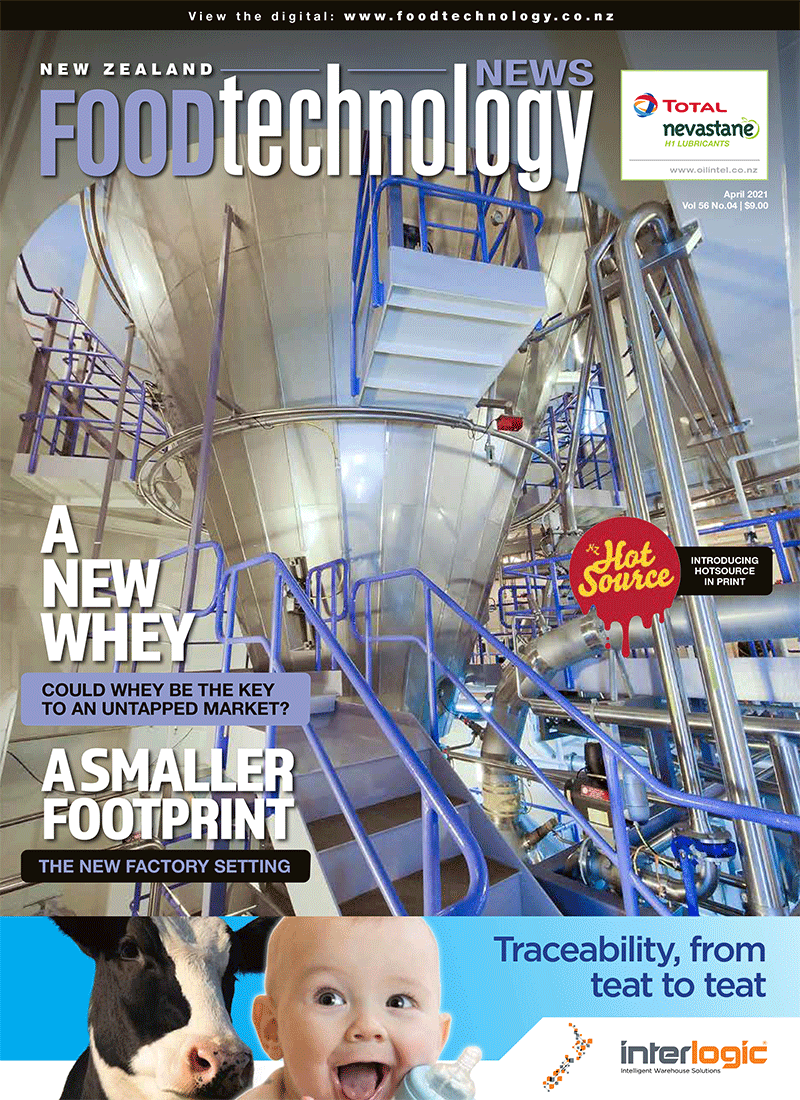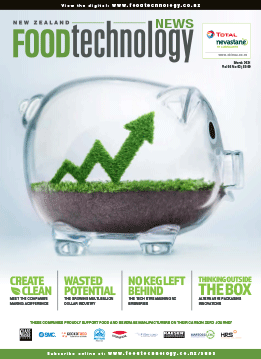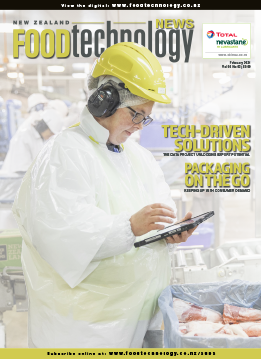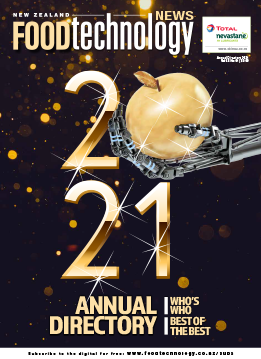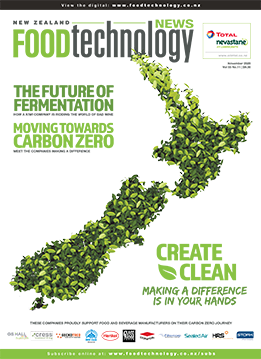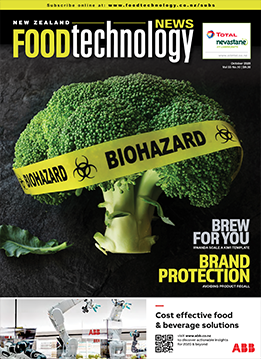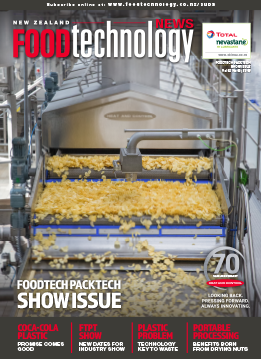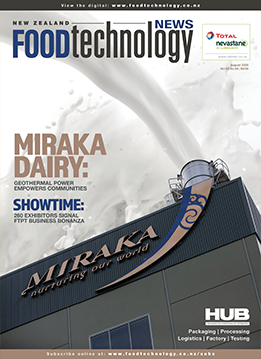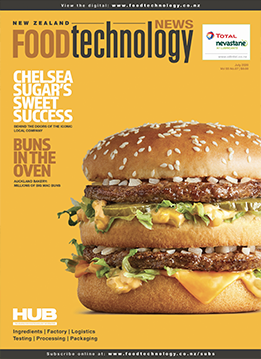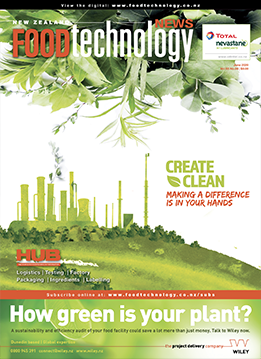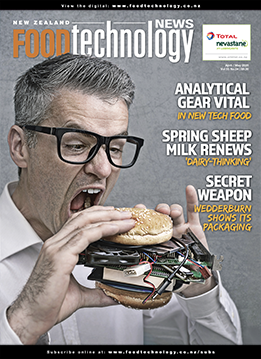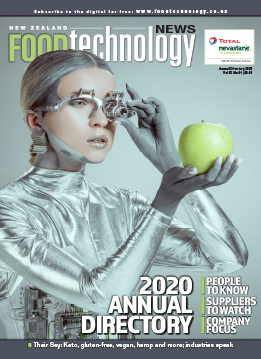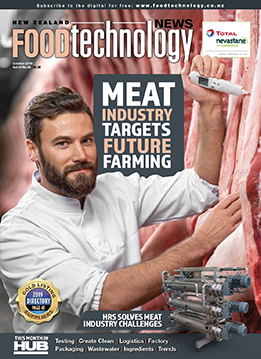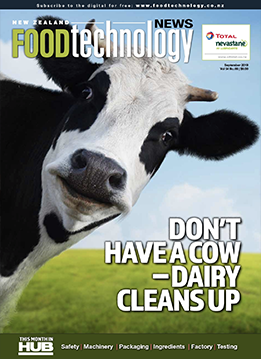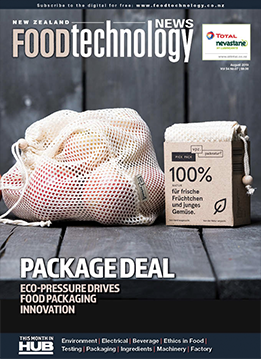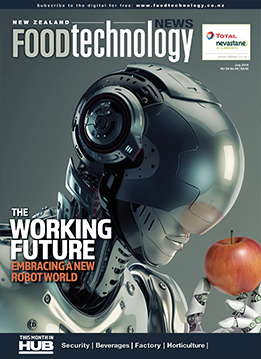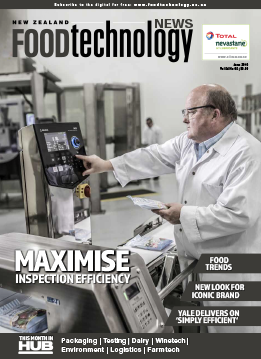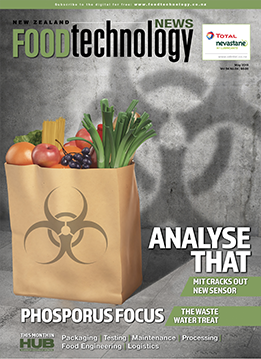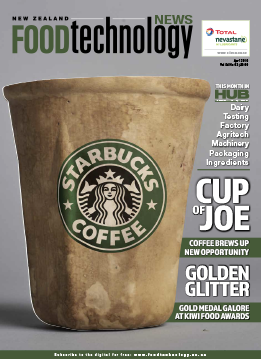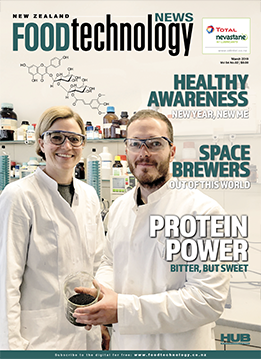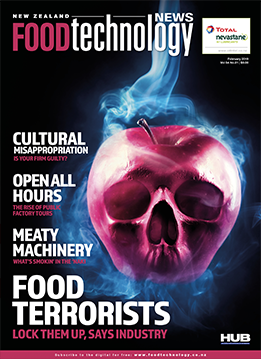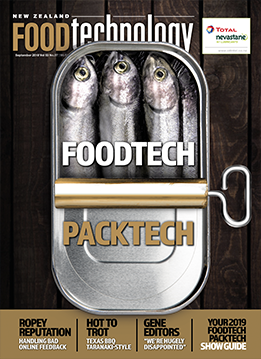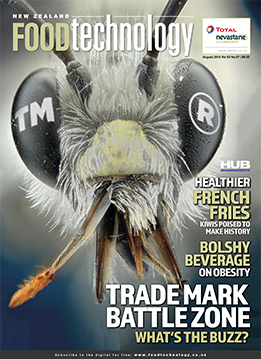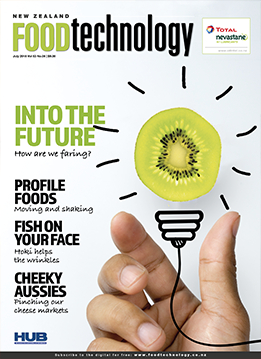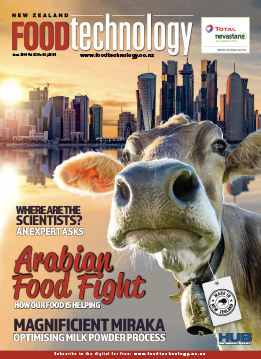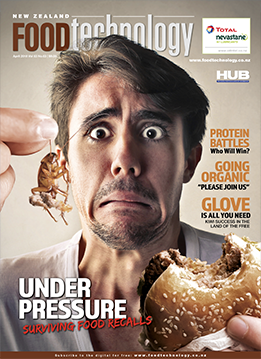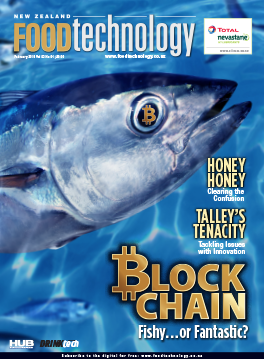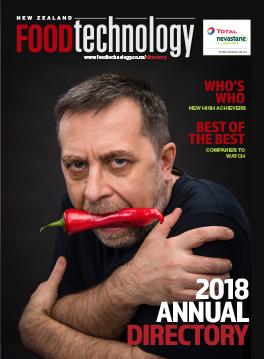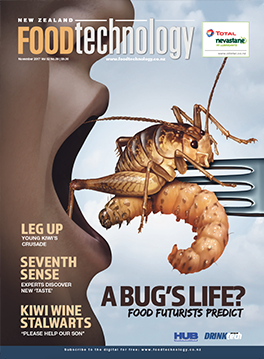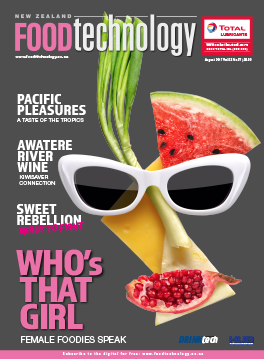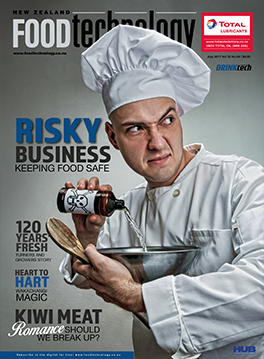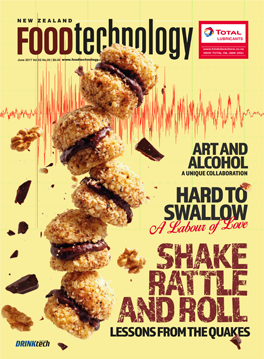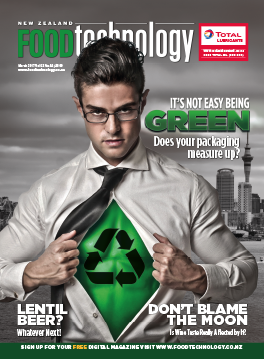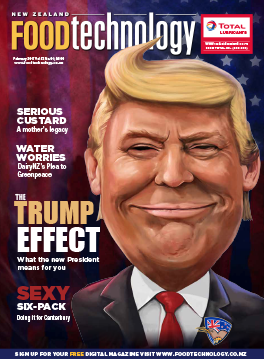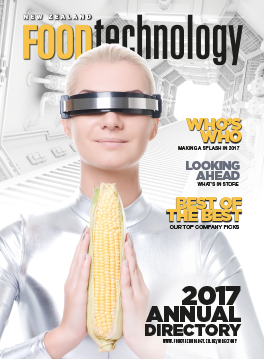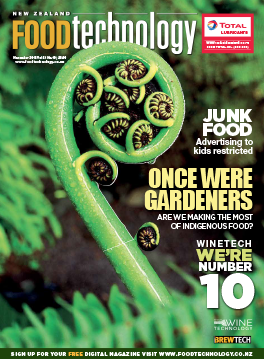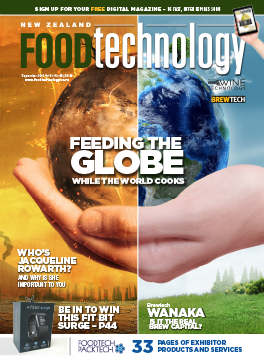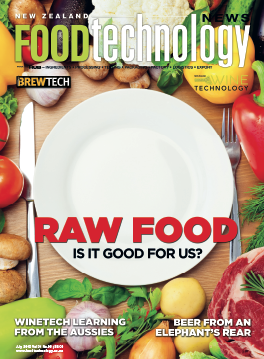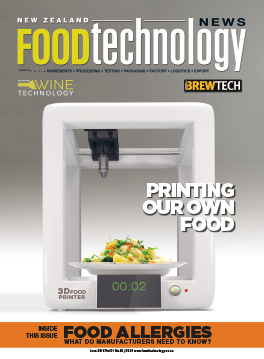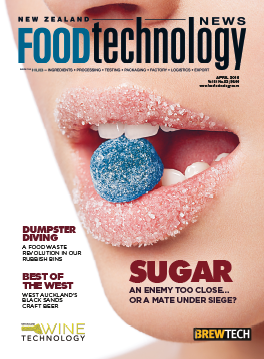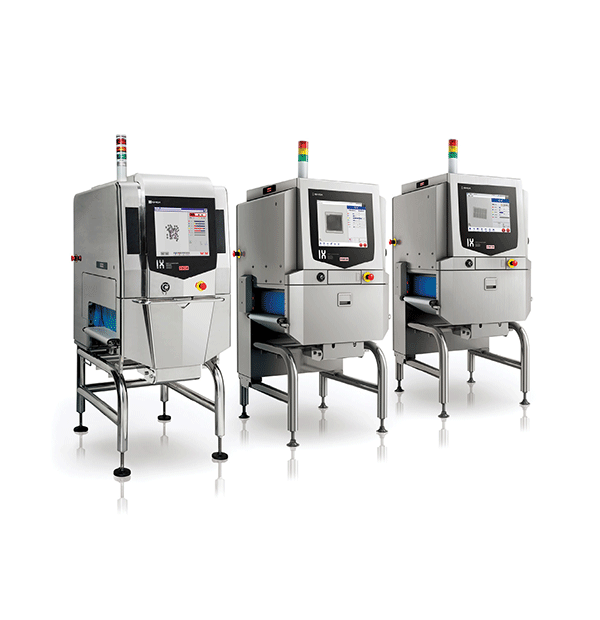
Foreign matter detection technology comes in many different forms each with different purposes and varying costs.
The garden variety foreign matter detection, popular among almost all food manufacturers, is the metal detector.
Heat and Control sales and operations manager Scott Burrows says metal detectors with multispectrum technology tend to outperform other older technologies on difficult or conductive product.
“While this is not new technology, having been out for a few years now, multispectrum systems are leading this area and others are still a long way behind.”
Not only is this technology affordable for entry level businesses, some supermarket chains require all their suppliers to have a metal detector in their line to be allowed to supply to them,” Burrows says.
The next level up in the foreign matter detection chain is X-ray inspection technology.
“For X-ray inspection, dual energy detection is showing good performance enhancement on difficult to inspect or bulky products. Products like frozen French fries in bags or lumpy individual quick freezing (IQF) vegetables such as frozen broccoli or cauliflower florets, lend themselves well to this technology,” says Burrows.
These machines are more common in New Zealand and there has been a lot more uptake over the past 10 years he says.
“It used to be quite expensive but now it’s come down to a manageable price. It’s really good for end of line protection. When you have products in a bag or tray and you’re looking, for example, for a stone you will then be able to look through the bag and find a stone of a certain size. You won’t find really really small stones because of the density differences but you might be able to find something that could break a tooth and cause complaint.”
This technology is valuable as it can also detect matter within a product which other foreign matter detection technology – such as optical sorters – wouldn’t see.
In the optical sorting space, Pixel fusion technology is the next big thing says Burrows. Pixel fusion imaging can fingerprint product and foreign matter to allow better separation, or contrast, between the two and allow rejection of the foreign matter, however optical sorters come at higher investment levels.
“We are seeing significant benefits in the field as previous technologies are being replaced as the efficiency’s gained in larger production lines allow the investment. Even a small improvement on a large production line can equate to great savings for our customers. It’s a numbers game in that regard however also providing superior inspection and foreign matter removal for consumer safety.
“The same also goes for multi-spectrum and X-ray dual energy detection. Our customers have their foreign matter challenges which means excellent equipment is needed to focus on the product and contaminants and discern the difference between the two. By investing in state-of-the-art solutions, false rejection is minimised yet it is still seeing the contaminants and allowing for positive rejection of contaminated product.”
Burrows says he is seeing a trend of customers wanting to utilise the fact that their product passes the sensors of an optical sorter for foreign matter detection and quality control.
“The optical sorter has a unique position in the factory where it can not only remove foreign material but it can also offer up product and production information to the factory so they can then manage raw materials and optimise processes upstream and downstream of the sorter, in addition to improving the sorter’s accept/reject decisions.”
This is known as information analytics. The optical sorter can continuously collect and store a variety of information about the sort process and product passing through the sorter including the dimensions of the object, the colour and other imaging information such as good characteristics and defects. It will also sort operation data such as detecting specific defect categories and what is ejected from the production line.
“The sorter can process the collected data in order to drive more intelligent sort operations and/or generate statistical reports,” Burrows says.
“Using this data, you can make yourself more productive and squeeze that lemon a bit harder to get more productivity out of that factory.”








